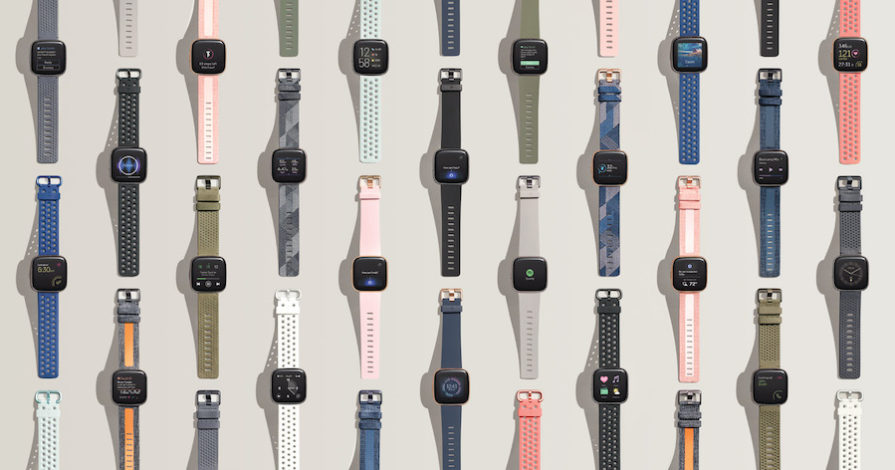Google’s recent announcement of its Fitbit acquisition has had the tech space buzzing about what the move means for the company. News of the deal surfaced Friday, detailing that Google will purchase Fitbit for $2.1 billion; however, it remains overall too early to tell exactly how the deal will pan out.
The two main aspects that jump out are that Google is looking to compete with Apple in the wearable space and that Google is looking for more methods of getting at user data. Absorbing Fitbit can likely aid with both of these challenges.
Using Fitbit to build its hardware brand seems like the most obvious direction for Google. The company has attempted for some time to develop WearOS software but has not delved deep into the hardware side of things. Many note that several Android partners have been more invested in WearOS as of late, with manufacturers including Xiaomi and Motorola releasing new smartwatches. Meanwhile, Apple has carved out a decent lead in comparison to most players in the wearable space, leaving a gap in the long-standing rivalry between the two companies.
Google’s 2019 Made By Google event came and went with no word of the long-rumored PixelWatch, leading many to believe the concept was dead. However, wearables do appear to still be in Google’s pipeline, in the wake of the acquisition. Many note that it may still take some time for a PixelWatch to hit the market, as Google’s acquisition of Fitbit is still subject to government approval.
While it may take some time for Google and Fitbit meshed hardware to release, there is no telling how soon the tech giant will benefit from the data it will attain from its new acquisition. Many expect Google will be able to use details from Fitbits 28 million active users to formulate its next moves. So far, Google has stated that it has no intention of using customer data to target advertisements or other marketing; however, several pundits remain skeptical.
For a positive spin, being able to truly focus on wearable software could help Google bring its smartwatches up to par with the Apple Watch. In recent years, the device has been heralded for assisting and even saving the lives of users in dire emergencies. Such functionalities have yet to be duplicated on rival wearables. Google does have its Digital Wellbeing functions, but so far those focus largely on smartphone usage.
There is no word on whether we will see Google combine its own software with Fitbit’s proprietary operating system, but the company has noted that it plans to continue fleshing out its Wear OS. With a more streamlined wearable system, Google may also be able to get closer to its own version of Apple’s Continuity function, which allows users to seamlessly transition between devices in the brand’s ecosystem.


